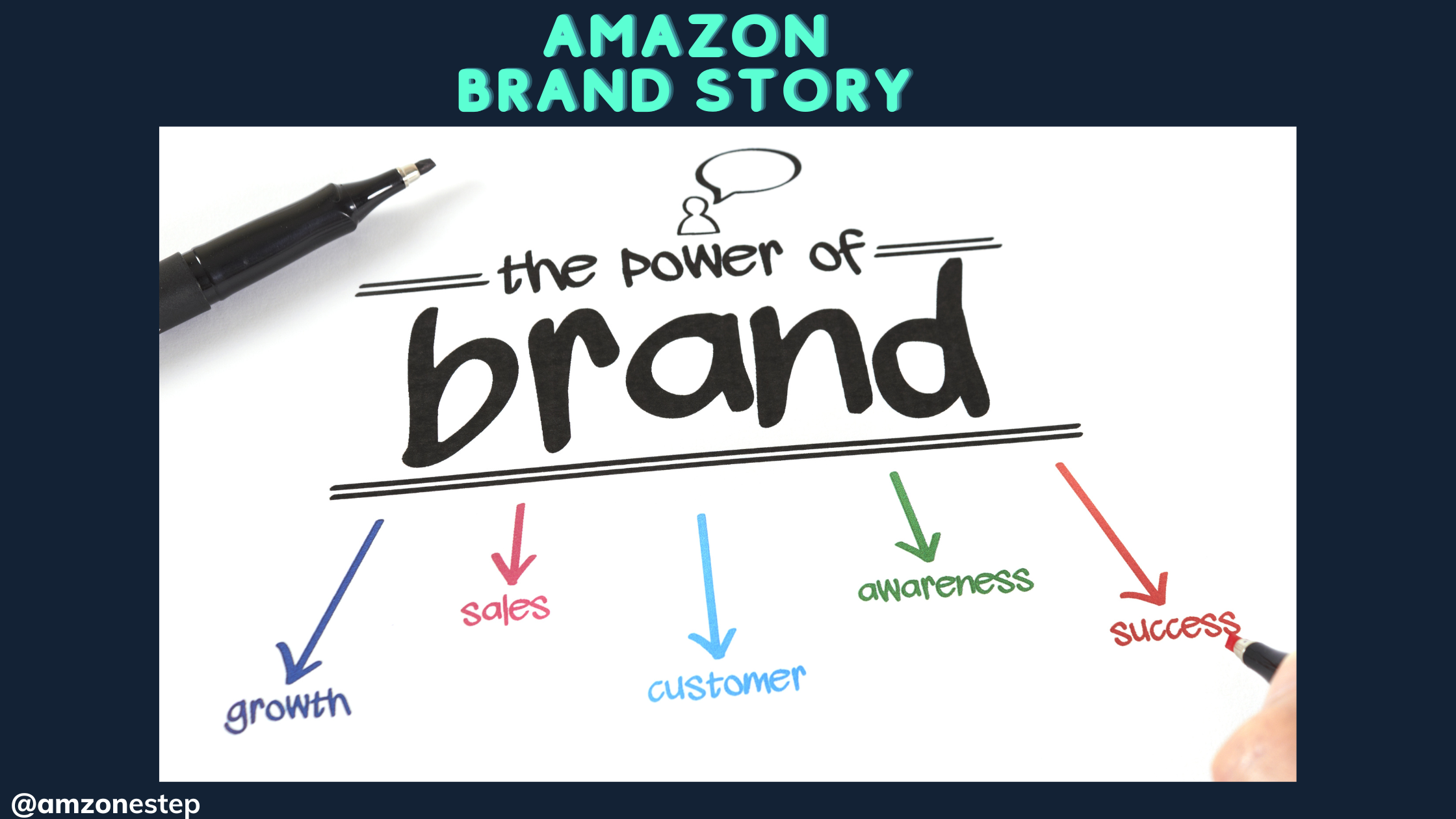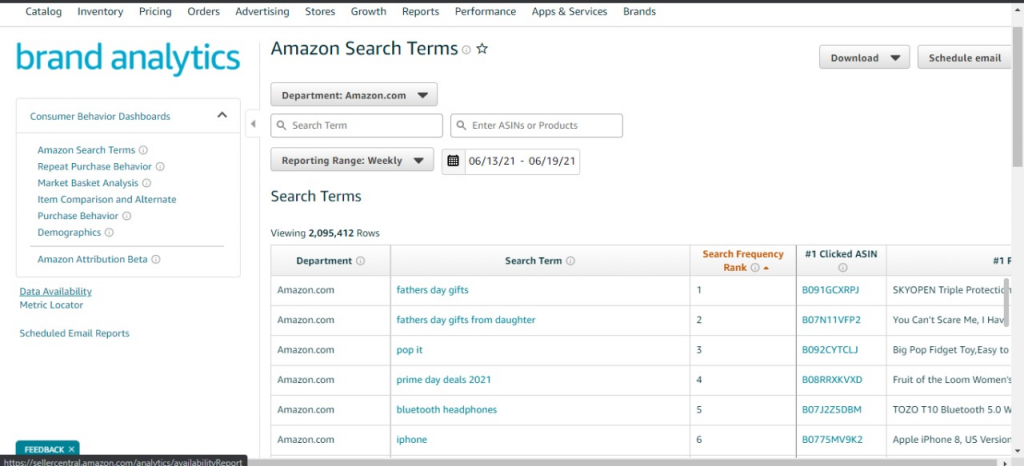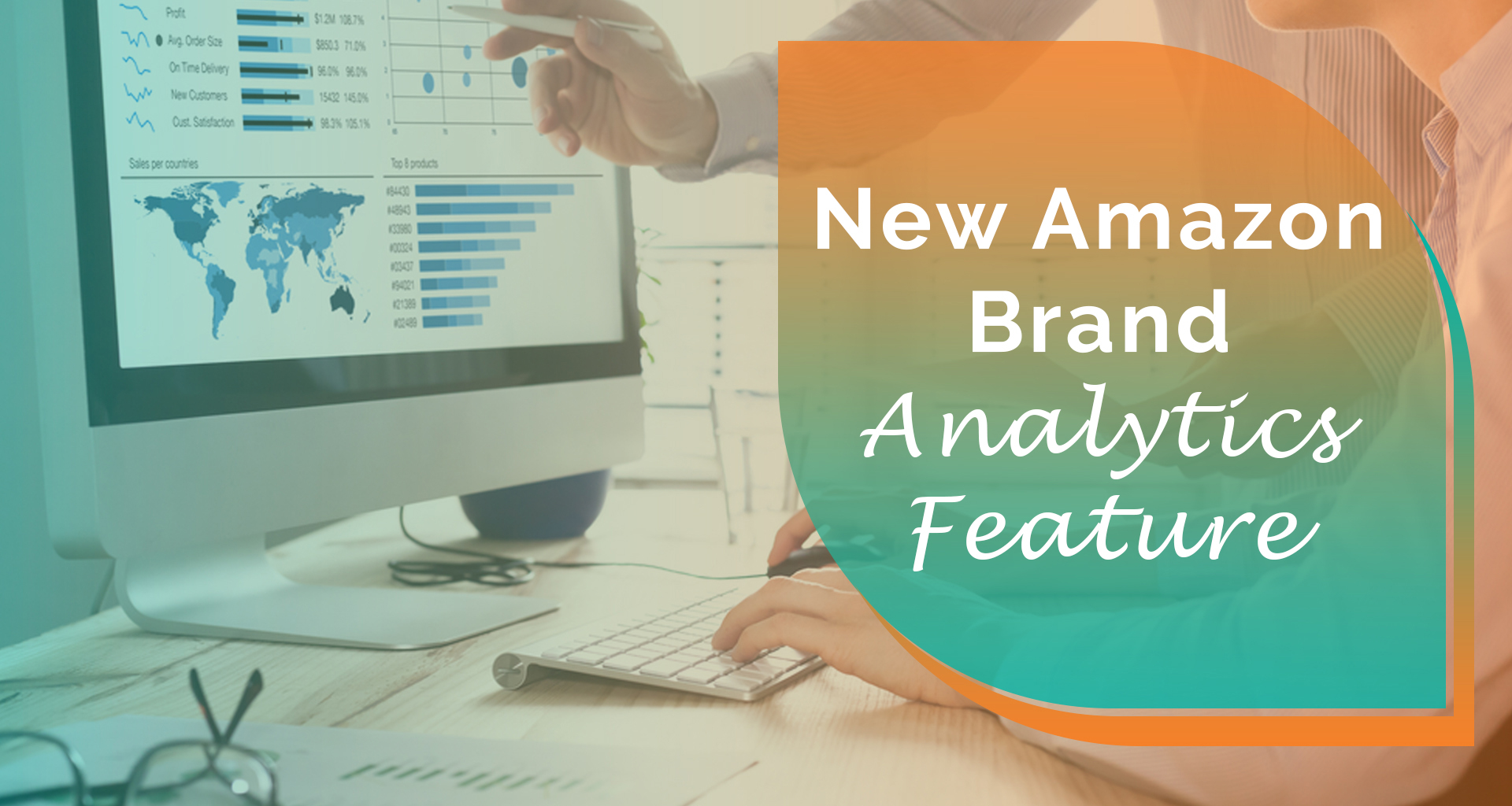Amazon sellers are looking for ways to improve their sales and stand out from the competition. Creating a strong brand story can help you connect with customers and make your business more memorable. Amazon updated their A+ content manager with a new feature that allows you to create your own Amazon Brand Story. This is great for brands who want more authentic stories on the site!
Read More: What is the Amazon bestseller badge and how to get it?
Amazon Brand Story – Taking Your Brand Image To The Next Level.
The brand’s story is brought to life with a custom-built module that allows for scrolling through content and products. With this innovative design, customers can easily find what they are looking for while being guided by an elegant carousel highlighting key narratives in the company’s history and other interesting facts about them!
Your brand story differentiates you from your competitors and helps customers understand why they should buy from you. In this blog post, we’ll discuss what makes a good brand story and give some tips for creating one that will help you succeed on Amazon. Stay tuned!
How Can Amazon Brand Story Help Sellers?
The quality of your content is the most important thing to keep visitors interested when searching for a product and landing on a product page. Amazon brand stories are beneficial because they make a product page look more appealing. Here are some of the noteworthy benefits of Amazon Brand Story,
Read More: What is the Amazon bestseller badge and how to get it?
Builds Brand Reputation:
Introducing Amazon Brand Stories-a new way to connect with customers and distinguish your product! By using the power of storytelling, sellers can reduce return rates while building a stronger reputation for the brand. Hence, we can say that one can reduce the number of returns and negative reviews by using Amazon Brand Stories to forge connections with your customers. This will help you distinguish products and establish brand awareness–all benefits that increase conversion rates!
Increase Conversions:
The Amazon Brand strategy is about building a strong brand that shoppers can trust. Increasing awareness and establishing your credibility as an authority in the marketplace makes it easier for potential consumers to make informed decisions with their dollars. So you’re more likely to be thought of when they need another product or service!
Read More: 3 Ways to Measure the Performance of your Amazon PPC Ads
Set You Apart From The Competition:
One of the most powerful features of Amazon’s branding system is its “Amazon Brand Story,” which allows you to differentiate yourself from other sellers by highlighting how often shoppers buy your products. It also showcases what kinds of products people like best and helps drive more sales! Amazon brand stories increase average cart value and can add to big-time profits, especially if shoppers only click on one ad but purchase multiple products. A big percentage of shoppers will buy your multiple products because of a convincing brand story.
What Can You D0 With Your Brand Story?
Amazon’s brand story feature lets brands connect with potential buyers and share more information about themselves. This allows customers to become more familiar with your brand and product. It also allows you to talk more about your brand and build better customer relationships.
How To Create A Brand Story That Sells?
You’ve built a great product, and now it’s time to sell it on Amazon. But before you can start raking in the sales, you need to create a brand story that will capture the attention of potential buyers. Only sellers who have Amazon Brand Registry can use the Brand Story feature. To qualify for Amazon Brand Registry, you must have an active registered trademark. A good brand story will tell customers who you are, what you’re about, and why they should buy from you. Here’s how to create an Amazon brand story that sells.
- Know Your Customer
- Before you can start writing your brand story, you need to know your customer.
- Who are they?
- What do they care about?
- What problem are they trying to solve?
Knowing the answers to these questions will help you craft a brand story that resonates with your target audience.
Start with Your Origin Story
Every company has an origin story, and yours is likely no different. Whether it’s how you started in your garage or the “Eureka!” moment when you came up with your product idea, your origin story is a great way to introduce customers to your brand. Use it to tell customers who you are and what inspired you to create your product.
Highlight Your Differentiators
What makes your product different from everything else on the market? This is something you’ll want to highlight in your brand story. Why should customers buy from you instead of your competitors? Is it because of your unique ingredients or manufacturing process? Or maybe it’s because of your outstanding customer service. Whatever it is, make sure to emphasize what sets you apart.
Convey Your Brand Values
Your brand values should be woven into your story. For example, are you committed to sustainability or fair trade practices? Do you give back to the community? Customers want to know they are supporting a company with values aligned with their own. So make sure to communicate what stands for loud and clear.
Conclusion:
Your Amazon brand story is one of the most important tools in your marketing arsenal. It’s how you introduce yourself to potential customers and persuade them to buy from you instead of your competitors. By starting with your origin story and highlighting what makes you different, you can create a brand story that sells.





